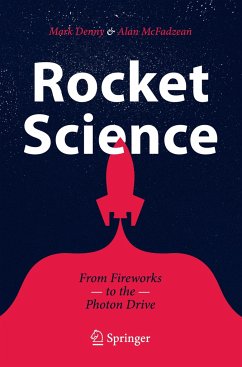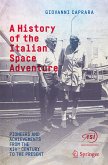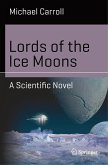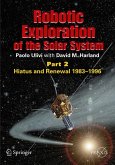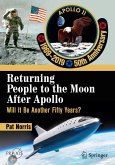This is a book about rocket science: what it is and what it does. From the earliest fireworks to nuclear-powered spacecraft, all you would ever want or need to know about the subject is here, along with a straightforward explanation of how, why and when things work-or sometimes don't.
We begin with the history and workings of early terrestrial rocketry before moving onto the main subject of the book: how we get things into space and, on occasion, back again. Entirely math-free, the chapters weave together innumerable anecdotes, real-world examples, and easy walk-throughs to help readers break down the complex physics behind some of humankind's most amazing feats.
Neither a pure textbook nor a populist space travel tome, the book will educate, inform and above all entertain anyone intrigued by rocket science.
We begin with the history and workings of early terrestrial rocketry before moving onto the main subject of the book: how we get things into space and, on occasion, back again. Entirely math-free, the chapters weave together innumerable anecdotes, real-world examples, and easy walk-throughs to help readers break down the complex physics behind some of humankind's most amazing feats.
Neither a pure textbook nor a populist space travel tome, the book will educate, inform and above all entertain anyone intrigued by rocket science.

